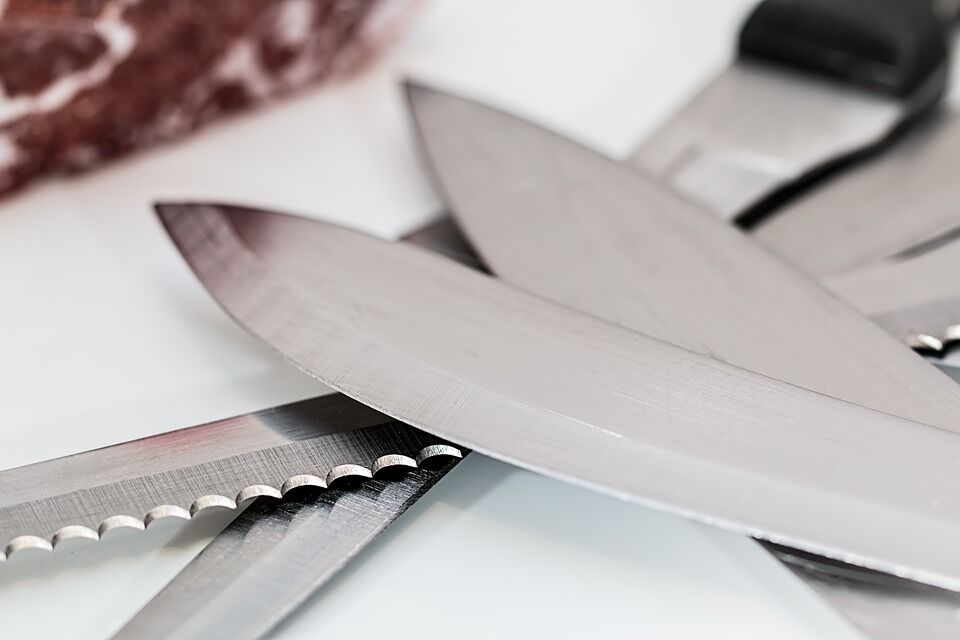A boot knife is great for survival and defense. Whether worn for protection or survival in the wilderness, boot knives or shoe knives prove themselves very useful in times of need. If you are thinking of carrying a knife in your boot, here is a simple tutorial on how to wear a boot knife. […]
Category: Any Other Weapons
Comparing Serrated Vs Straight Edge Knives
I have heard many arguments in regard to the serrated vs straight edge knife dilemma. The truth is that there are pros and cons of both types of knife edges, and the choice of which type is better largely depends on the function you expect it to serve and the situation you will be using […]
Tennessee Laws on the Use and Carrying of Batons
I am NOT a lawyer and am not giving legal opinions. The following information is copied directly from the State of Tennessee website and is the code of law for the state. I believe that if you want to carry a baton, you need to be familiar with baton law. Law also changes, so please […]
How to Shoot a Slingshot without Losing Accuracy?
One of the best ways to improve hunting skills is to use a slingshot. But how to shoot a slingshot is something that not many of us know. But that’s okay because the learning process is pretty basic and easy. And most importantly, it’s essential that you learn how to use the tool properly if […]
How to Make and Use a Sling Bow
I got this idea from Dave Canterberry so I cannot take any credit. This has been done on youtube many times, but I don’t like seeing, I like doing… This Sling Bow was a fun project, and if I spent the time to practice, this has the potential to be a useful tool. However, […]





